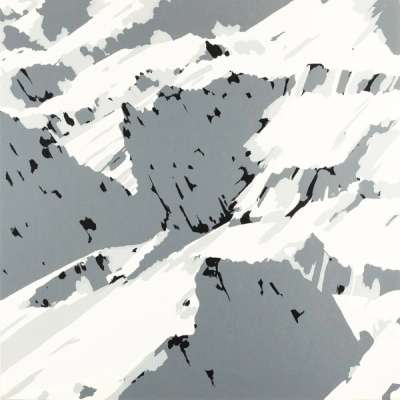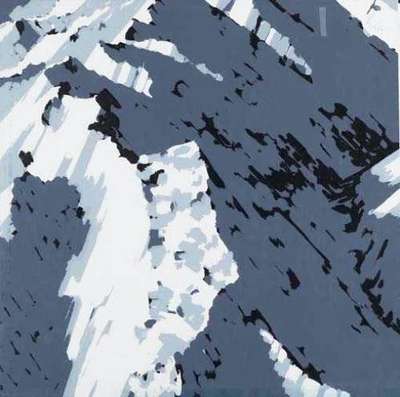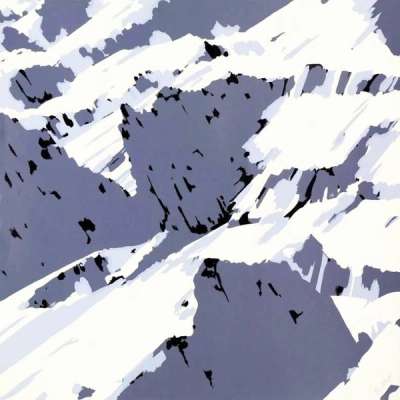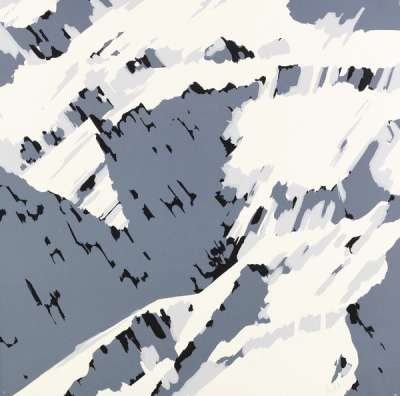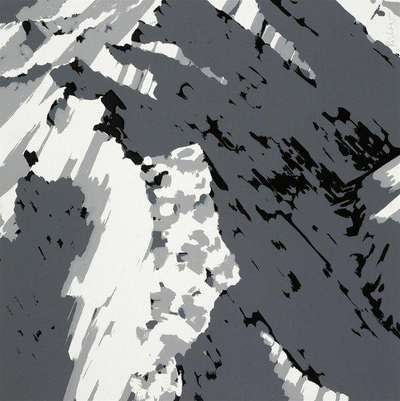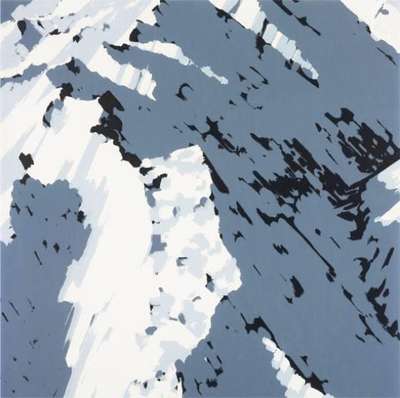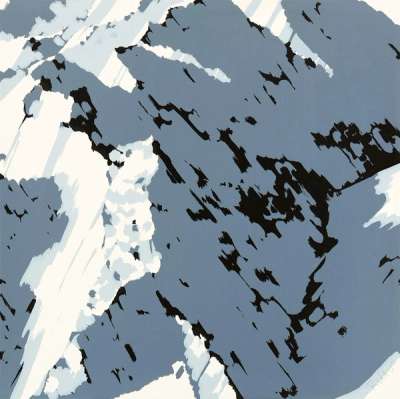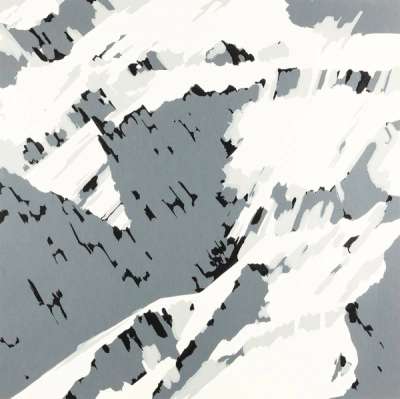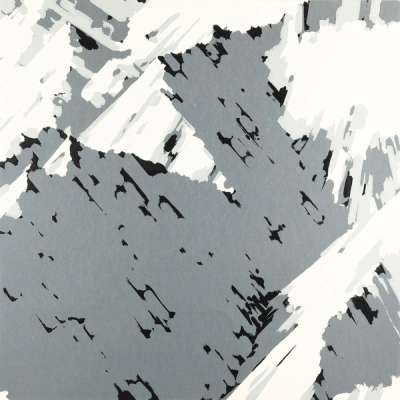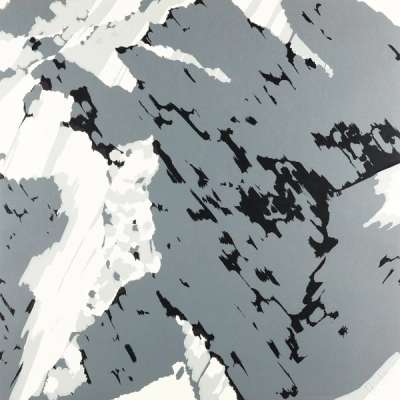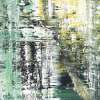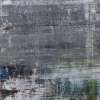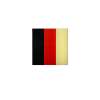Swiss
Alps
Gerhard Richter is one of the most important German and European artists of all time. In this monochrome collection entitled Swiss Alps, Richter blends abstraction and realism to pay homage to Europe’s monumental mountainscape.
Gerhard Richter Swiss Alps For sale
Swiss Alps Value (5 Years)
With £266918 in the past 12 months, Gerhard Richter's Swiss Alps series is one of the most actively traded in the market. Prices have varied significantly – from £751 to £33677 – driven by fluctuations in factors like condition, provenance, and market timing. Over the past 12 months, the average selling price was £15701, with an average annual growth rate of 15.57% across the series.
Swiss Alps Market value
Auction Results
| Artwork | Auction Date | Auction House | Return to Seller | Hammer Price | Buyer Paid |
|---|---|---|---|---|---|
 Schweizer Alpen I - B1 Gerhard Richter Signed Print | 6 Jun 2025 | Karl & Faber | £17,000 | £20,000 | £28,000 |
 Schweizer Alpen I - B3 Gerhard Richter Signed Print | 5 Jun 2025 | Van Ham Fine Art Auctions | £11,475 | £13,500 | £19,000 |
 Schweizer Alpen I - B2 Gerhard Richter Signed Print | 27 Mar 2025 | Van Ham Fine Art Auctions | £9,350 | £11,000 | £15,000 |
 Schweizer Alpen I - A2 Gerhard Richter Signed Print | 13 Mar 2025 | Grisebach | £14,450 | £17,000 | £22,000 |
 Schweizer Alpen I - A1 Gerhard Richter Signed Print | 28 Nov 2024 | Van Ham Fine Art Auctions | £16,150 | £19,000 | £27,000 |
 Schweizer Alpen II - A1 Gerhard Richter Signed Print | 26 Sept 2020 | Venator & Hanstein | £3,103 | £3,650 | £4,600 |
 Schweizer Alpen II - B2 Gerhard Richter Signed Print | 21 Mar 2020 | Venator & Hanstein | £3,443 | £4,050 | £5,000 |
 Schweizer Alpen II - B1 Gerhard Richter Signed Print | 28 Sept 2019 | Venator & Hanstein | £6,375 | £7,500 | £9,500 |
Sell Your Art
with Us
with Us
Join Our Network of Collectors. Buy, Sell and Track Demand
Meaning & Analysis
Gerhard Richter is one of the most important German and European artists of all time. Well-known as the creator of a stylistically heterogenous oeuvre, the artist has left few subjects untouched. Throughout his lengthy career, Richter has consistently made headlines for treating subjects often deemed ‘off limits’ in German collective consciousness. From historical paintings of newspaper photographs portraying British monarch Queen Elizabeth II, through to his photorealist depictions of family holidays, still-life objects and candles, Richter’s work traverses the spectrum of the contemporary era. In this collection entitled Swiss Alps, Richter blends abstraction and realism.
The Schweizer Alpen prints engage with both deliberate and experimental line-making. In Schweizer Alpen II – A1 (1969), areas of dark ink signal Richter’s attachment to the bold, raw, and dizzying landscape he is trying to depict. However, their meeting with different tones of white ink also conjures a sense of Richter’s defiantly abstract sensibility. Playing upon the ambiguity of the image, Schweizer Alpen I – B1 (1969) and Schweizer Alpen II – B2 (1969) are even more indeterminate; the aerial photograph after which these works were created is both present and concealed, with Richter’s loose mark-making echoing his long-held wish to enact the ‘death of painting itself’.
When these works were first created in the late 1960s, Richter had been permanently settled in West Germany for almost a decade. Having escaped East Germany just months prior to the erection of the Berlin Wall, Richter was never to see his parents again. In the democratic West, the young artist was surrounded by the type of avant-garde approaches he had first experienced at the cutting-edge Documenta II exhibition. Held in the West Germany city of Kassel in 1959, this exhibition featured works Jackson Pollock, Henry Moore, and Pablo Picasso.
